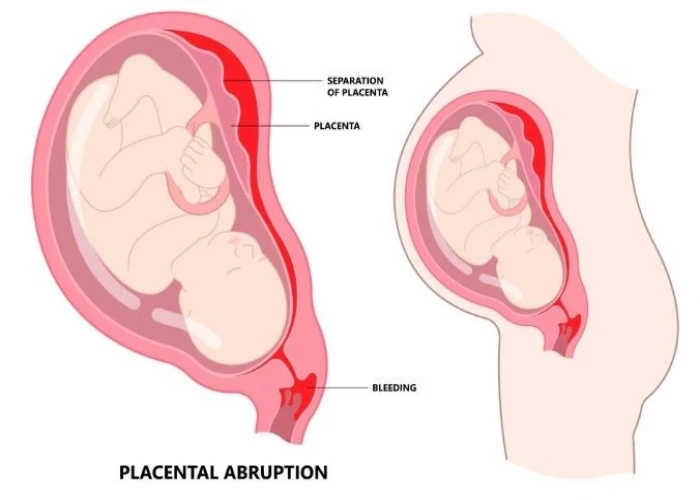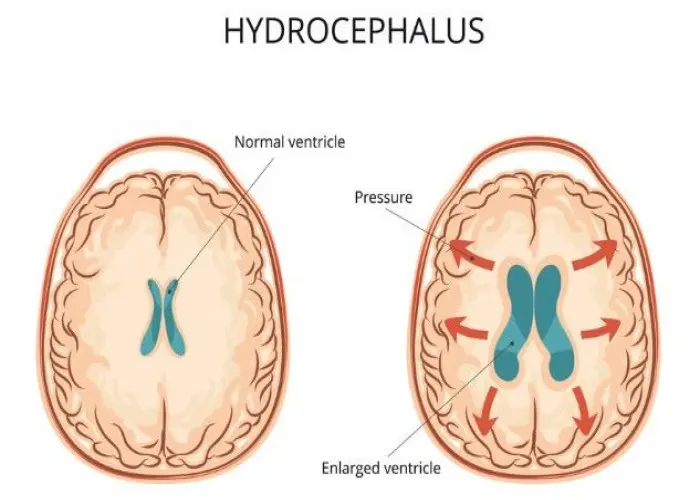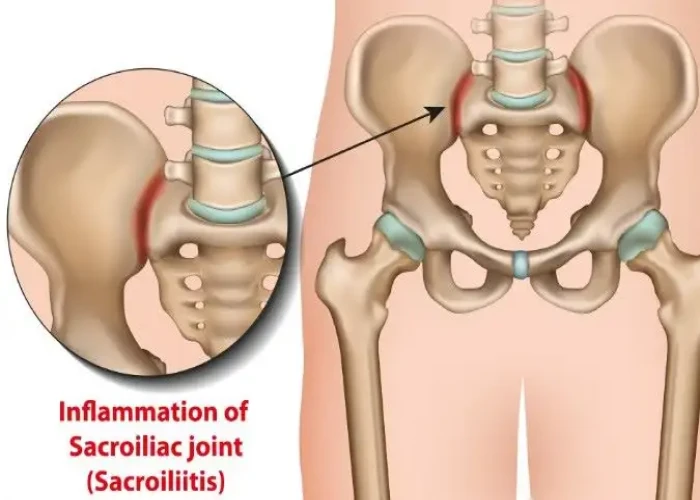 Welcome
Welcome
“May all be happy, may all be healed, may all be at peace and may no one ever suffer."
Sacroiliitis

Sacroiliitis is a medical condition in which one or both of the sacroiliac joints, which are located at the base of the spine where the sacrum (the triangular bone at the bottom of the spine) meets the iliac bones of the pelvis, become inflamed. This can cause pain and discomfort in the lower back, buttocks, hips, and legs.
Sacroiliitis can be caused by a variety of factors, such as injury, infection, or inflammation related to a medical condition such as inflammatory bowel disease, psoriasis, or ankylosing spondylitis. Risk factors for developing sacroiliitis include age, gender, family history, and prior injury or trauma.
Symptoms of sacroiliitis may include pain in the lower back, buttocks, hips, and legs, stiffness or limited range of motion in the hips or spine, and tenderness or swelling around the sacroiliac joints. In some cases, there may be associated symptoms such as fever, weight loss, and fatigue.
Treatment for sacroiliitis may depend on the underlying cause and severity of the inflammation, but can include medications to reduce pain and inflammation, physical therapy to improve range of motion and strengthen muscles, and injections of corticosteroids to reduce inflammation in the affected area. In some cases, surgery may be necessary to repair or replace damaged joints.
Prognosis for sacroiliitis can vary depending on the underlying cause and the effectiveness of treatment. With appropriate treatment, many people are able to manage their symptoms and maintain good quality of life. However, if left untreated, sacroiliitis can lead to chronic pain, disability, and other complications.
Research Papers
Disease Signs and Symptoms
- Joint pain
- Inflammation of buttocks and lower back
Disease Causes
Sacroiliitis
Causes for sacroiliac joint dysfunction include:
- Traumatic injury. A sudden impact, such as a motor vehicle accident or a fall, can damage your sacroiliac joints.
- Arthritis. Wear-and-tear arthritis (osteoarthritis) can occur in sacroiliac joints, as can ankylosing spondylitis — a type of inflammatory arthritis that affects the spine.
- Pregnancy. The sacroiliac joints must loosen and stretch to accommodate childbirth. The added weight and altered gait during pregnancy can cause additional stress on these joints and can lead to abnormal wear.
- Infection. In rare cases, the sacroiliac joint can become infected.
Disease Prevents
Disease Treatments
Treatment depends on your signs and symptoms, as well as the cause of your sacroiliitis.
Medications
Depending on the cause of your pain, your doctor might recommend:
- Pain relievers. If over-the-counter pain medications don't provide enough relief, your doctor may prescribe stronger versions of these drugs.
- Muscle relaxants. Medications such as cyclobenzaprine (Amrix, Fexmid) might help reduce the muscle spasms often associated with sacroiliitis.
- TNF inhibitors. Tumor necrosis factor (TNF) inhibitors — such as etanercept (Enbrel), adalimumab (Humira) and infliximab (Remicade) — often help relieve sacroiliitis that's associated with ankylosing spondylitis.
Therapy
Your doctor or physical therapist can help you learn range-of-motion and stretching exercises to maintain joint flexibility, and strengthening exercises to make your muscles more stable.
Surgical and other procedures
If other methods haven't relieved your pain, you doctor might suggest:
- Joint injections. Corticosteroids can be injected into the joint to reduce inflammation and pain. You can get only a few joint injections a year because the steroids can weaken your joint's bones and tendons.
- Radiofrequency denervation. Radiofrequency energy can damage or destroy the nerve tissue causing your pain.
- Electrical stimulation. Implanting an electrical stimulator into the sacrum might help reduce pain caused by sacroiliitis.
- Joint fusion. Although surgery is rarely used to treat sacroiliitis, fusing the two bones together with metal hardware can sometimes relieve sacroiliitis pain.
Disease Diagnoses
Disease Allopathic Generics
Disease Ayurvedic Generics
Disease Homeopathic Generics
Disease yoga
Sacroiliitis and Learn More about Diseases

Common variable immunodeficiency

Placental abruption

Chlamydia trachomatis

Hydrocephalus

Progressive supranuclear palsy

Enlarged breasts in men (gynecomastia)

Heart failure

Cholestasis of pregnancy
sacroiliitis, স্যাক্রোইলাইটিস
To be happy, beautiful, healthy, wealthy, hale and long-lived stay with DM3S.
